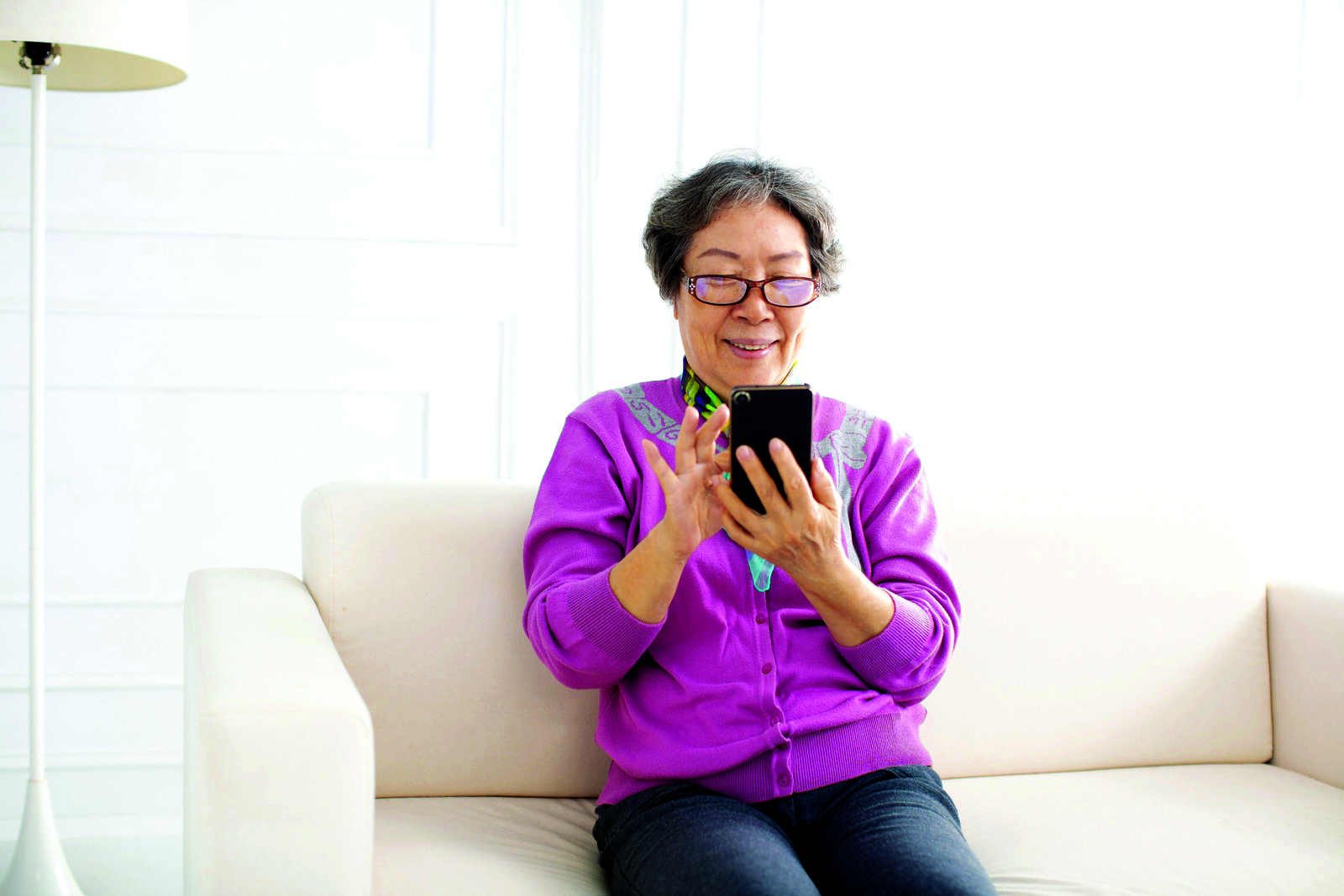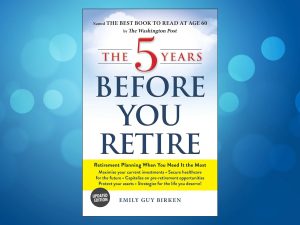By Pat Irwin
Among the most poignant images that were making the rounds over the past few months were those of desperate families pressed against nursing home windows in an effort to check in and speak to their relatives living inside.
If the pandemic is teaching us anything, it’s how to live with ourselves and how to adjust to stringent recommendations designed to protect us. Clearly it was hardest for older adults, particularly those deemed at risk, who were suddenly cut off from the world and unable to see their family and friends. Are there lessons learned during the threat of COVID-19 about staying in touch with older adults that we can utilize moving forwards?

Lesson learned: Any baby boomer woman has fond memories of lengthy conversations with friends (usually from a wall-mounted phone with a long spiral cord!). From what I see, the retirement residence and nursing cohort may still happily talk on their or grand children. landlines and it’s often the most reliable way to go. Keep in mind, however, that Grandma may be thrifty with long-distance calls, so arranging an economical plan for her or placing a call to her yourself may be the best option. Leaving messages is often not ideal for either party and having PINs and complicated devices could make things complicated.
Remember, cordless phones and cell phones can be turned off and/or run out of charge by accident. Consider simple-format phones that are still available and let family members pre-program them for ease of use. Keep phone calls interesting by creating an interactive dialogue instead of a series of questions, share news about family and friends and latest activities.
In some areas, friendly call-in services may be available from senior’s groups or churches, so you can set up your own with a rota of family and friends to make regular check-in calls. And for those seniors who are a little more computer literate or who have caregivers to help them, apps such as Zoom have a phone-in option, as well as full-blown “be there with you” sessions.

Lesson learned: Keep it simple. Who can resist an “old-fashioned” handwritten letter or card? In days-gone-by, letter-writing was a skill and a preferred and beloved practice—even an art. Love letters have a romance that today’s snappy texts could never replace!
There’s often special meaning associated with a card or a letter especially when it’s from afar or from youngsters who have coloured or drawn cards. Photos or pieces of memorabilia can be included to add into the envelope to increase the fun of opening.
Lesson Learned: Consider technology. It’s a myth to think that technology is moving too fast for all older adults. Some seniors are avid users of cell phones, iPads and laptops and apps such as Skype, FaceTime and Zoom. The satisfaction of mastering technology is powerful indeed and offering tech support from a school-age volunteer or ‘buddy’ is usually interesting, skill building and positive for both generations. During the pandemic, those who are able have been having family dinner dates, Zoom cocktail parties and playing games together from apps like House Party. Create a central charging area to keep devices powered up.

Lesson Learned: Mother often knows best. Jani brought an old box of photos albums for her mom to review. During her next visit, she was surprised to see them totally transformed. Her mom had rearranged them randomly with no attention to dates or timeframe. Mom showed her how she had sorted them by topic—Christmas, birthdays, vacations—throughout the years. It prompted her to remember and reminisce, and guaranteed an enjoyable visit.
Lesson Learned: Zooming to church. John was no technocrat, but he Googled his way into learning how to download and use Zoom. Not only did he enjoy interacting during church services but he started Zooming into Bible study and other parish meetings. His enhanced self-confidence at mastering the technology gave him a much-needed boost at a vulnerable time.
Lesson Learned: Little Lila wasn’t settling at night. She loved having her Zaidy read her a bedtime story. Mom got them both the same books so they could ‘read’ in turn by phone. This gave mom a break and gave Lila and Zaidy happy.

Communicating with an older adult
- Don’t ‘quiz.’ A series of rapid-fire questions may be intrusive and confusing. They also won’t help with building an open and comfortable conversation.
- If you want to ask questions to initiate conversation, make them open-ended rather than ‘yes or no.’ Don’t be judgmental. Remember to be patient.
- Think ahead of time about topics and family news to discuss that would be of interest to both of you.
- Complaints, fears and concerns are often expressed during calls. Acknowledge and validate then turn the conversation into a positive direction.
- Speak in a clear voice but don’t yell. Even if someone has hearing loss, you can pitch your voice rather than raise it. If something isn’t understood, re-phrase.
Pat M. Irwin, BA, AICB, CPCA, is president of ElderCareCanada, offering expert opinions, eldercare mediation, options for housing and care, moving and house clearing, and care management—eldercarecanada.ca/patirwin @eldercarecanada.ca













